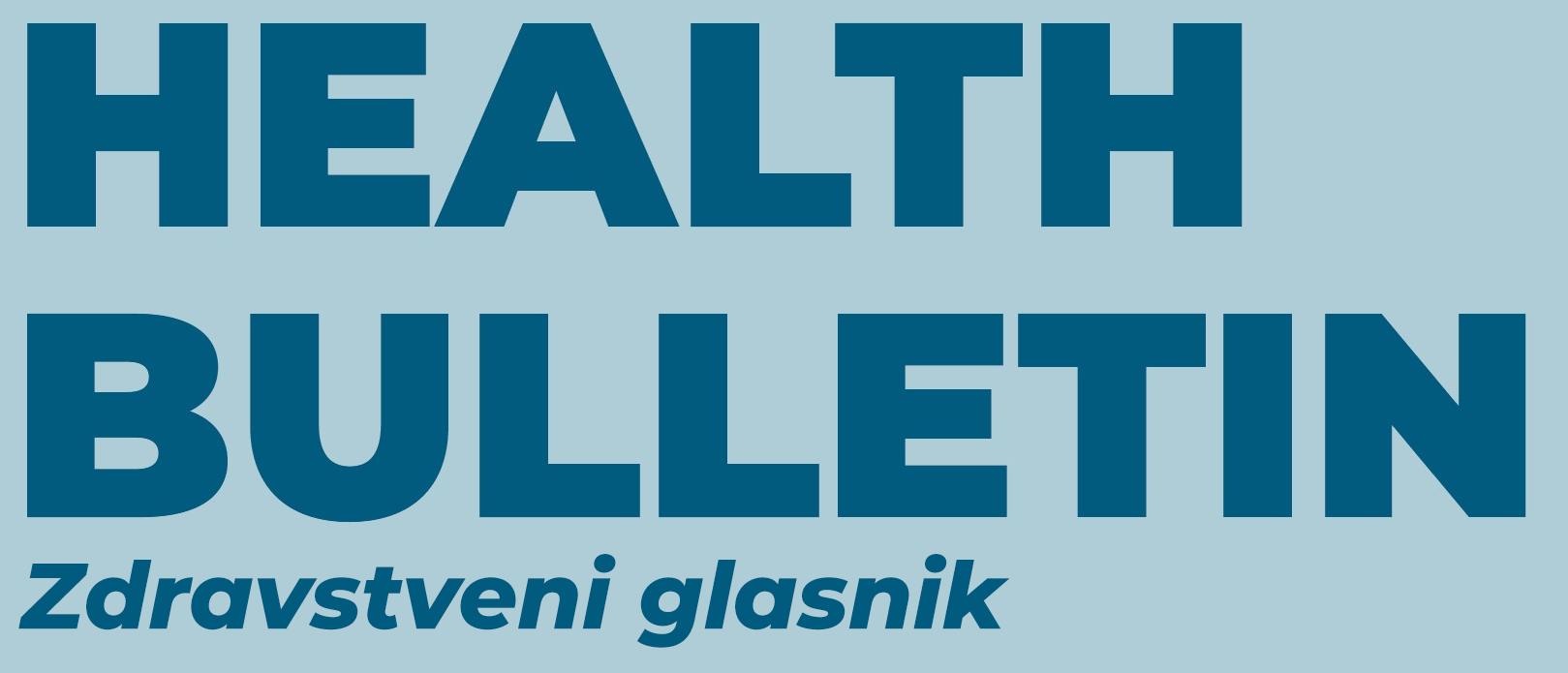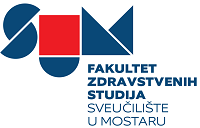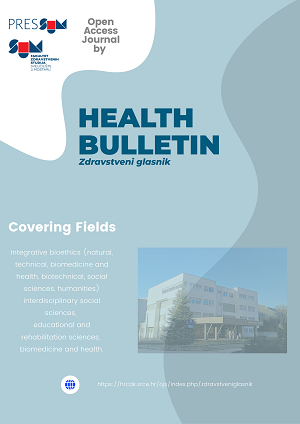FREQUENCY AND CHARACTERISTICS OF STROKE IN PATIENTS HOSPITALIZED AT THE CLINIC FOR NEUROLOGY OF THE CLINICAL CENTRE OF THE UNIVERSITY OF SARAJEVO
Ključne riječi:
stroke, frequency, risk factorsSažetak
Introduction: Stroke is by far the most frequent and significant neurological disease in adulthood. In
transition countries such as Bosnia and Herzegovina, stroke is at the top of the mortality scale, together with
heart diseases. Objective: Review the frequency of stroke in patients hospitalized at Clinic for Neurology,
Clinical Centre of the University of Sarajevo (CCUS), to present their clinical-epidemiological
characteristics, and point out to the importance of diagnostic methods and the identification of stroke risk
factors. Subjects and methods: In this retrospective, descriptive and clinical-epidemiological study, data
were collected in the period from 2013 to 2015. The study included 4258 hospitalized patients, with 1694
suffered from stroke. The study is based on the analysis of data from patients’’ medical histories.
Results: The prevalent type of stroke was ischemic (84.5%, in average) while the most represented was
thrombotic stroke (34.6% in average). Motor deficit is the leading symptom (61%), while arterial
hypertension is the most represented (80.0%) factor of risk. The patients, at the most (72.4%), are the retired
persons, most commonly (17.1%) sales persons as professional occupation recorded. Ischemic CVI is more
common in patients from urban areas, while in patients from rural areas it is the hemorrhagic CVI. Complete
independence with lighter consequences (62.0%) is the most common post incidence outcome, while death
(50.0%) is the statistically significant outcome in patients with ischemic CVI with hemorrhagic
transformation. Conclusion: The study reveals an evident escalation in the number of stroke patients
pertinent to the aging, while the younger population is not being spared either. Despite the fact that the
prevention is the best approach to stroke issue, there are high frequency of risk factors present.















